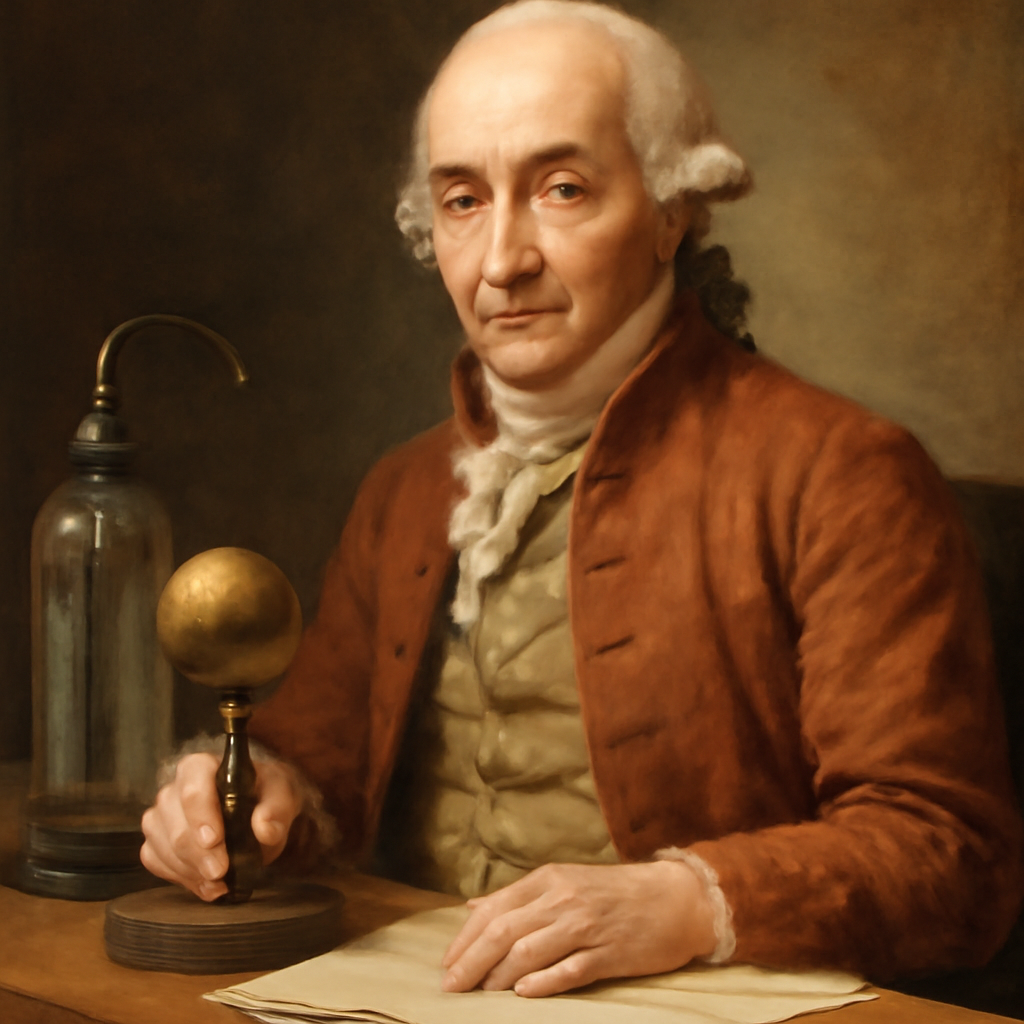Key Takeaways
- Joule and Coulomb are both units used to measure different aspects of geographic boundaries, not physical quantities like energy or charge.
- Joule relates to the size and extent of territorial divisions, often used to describe the area or scope of regions in geopolitical contexts.
- Coulomb focuses on border characteristics, such as length, shape, and the nature of boundary demarcations between nations or territories.
- Understanding the distinctions between these units helps in analyzing geopolitical boundaries more accurately, especially in mapping and diplomatic negotiations.
- Both units serve as critical tools for geographers and political scientists to describe and manage complex territorial relationships.
What is Joule?

Within the context of geopolitical boundaries, Joule is a unit that helps define the physical size or extent of a territory. It can measure the overall area of a region or the energy required to alter boundary configurations in territorial planning. This measurement is crucial for understanding the scale of administrative divisions or territorial claims in geopolitical studies.
Geographical Scope and Area Classification
Joule in boundary contexts often refers to the quantification of landmass, providing a standardized metric for comparing different regions. Large countries like Russia or Canada might be assigned higher Joule values due to their vast territories, while smaller nations have lower ones. This measurement aids in resource allocation, development planning, and geopolitical strategy formulation.
In practical terms, Joule-based measurements influence how international organizations assess regional influence or control. For instance, boundary disputes often involve debates over territorial sizes, where Joule measurements serve as impartial references. This standardization simplifies negotiations and reduces ambiguities related to land claims.
Furthermore, Joule measurement helps in environmental management, where the size of a territory impacts conservation efforts and infrastructure development. For example, protecting a large forested area requires understanding its expansive boundaries, which are often quantified in Joules.
In border delimitation processes, the Joule metric supports clarity in defining territorial extents without ambiguity. It provides a consistent framework for international recognition of boundaries, which is vital in avoiding conflicts and fostering cooperation,
Overall, Joule acts as a fundamental unit for representing the physical dimensions of geopolitical boundaries precisely. Its usage extends from academic research to practical applications in territorial governance and diplomacy.
What is Coulomb?

In the context of geopolitical boundaries, Coulomb refers to a measurement related to border characteristics, such as the length, shape, or complexity of boundary lines between territories. Although incomplete. It is often used to analyze the nature of boundary demarcations and the physical features that define borders. This measurement provides insights into how borders is constructed and maintained across different regions.
Border Length and Delineation
Coulomb quantifies the total length of boundary lines separating territories, which are crucial for understanding the physical and administrative complexity of borders. For example, a country with an elongated boundary might have a high Coulomb value, indicating extensive border management needs. Although incomplete. Conversely, a compact country have a lower Coulomb measurement, simplifying border control and security efforts.
In terms of boundary shape, Coulomb helps describe irregularities, such as jagged coastlines or natural barriers like mountain ranges. These features influence border stability, security, and ease of enforcement. Countries with convoluted borders may face challenges in maintaining clear demarcations, which are often quantified through Coulomb metrics.
Furthermore, Coulomb measurement can be applied to border disputes, where the length and complexity of boundary lines play a central role in negotiations. Understanding the Coulomb value aids in assessing the difficulty of border management and potential areas for conflict.
Natural features like rivers, mountain ranges, and deserts significantly influence Coulomb measurements by shaping boundary lines. Although incomplete. These features often serve as natural delimiters, reducing the need for artificial markers and simplifying boundary maintenance.
In diplomatic contexts, Coulomb metrics inform decisions related to border treaties or demarcation projects. Accurate measurements of boundary lengths ensure clarity in treaties and reduce chances of future disputes.
Overall, Coulomb provides a detailed picture of border characteristics, helping policymakers and geographers analyze the physical aspects of territorial boundaries beyond simple area measurements.
Comparison Table
Below is a detailed comparison of Joule and Coulomb in the context of geopolitical boundaries:
| Parameter of Comparison | Joule | Coulomb |
|---|---|---|
| Primary Focus | Territorial extent or size of a region | Physical boundary characteristics, like length and shape |
| Measurement Unit | Measures area or territorial scope | Quantifies boundary line length and complexity |
| Application in Mapping | Defines how large a region is geographically | Details the shape and delineation of borders |
| Significance in Disputes | Used to establish territorial claims based on size | Helps analyze border complexity and potential conflict zones |
| Relation to Natural Features | Less influenced by natural features, focuses on area | Strongly impacted by natural border features like rivers or mountains |
| Usage in Resource Management | Impacts resource distribution based on land area | Influences border security and control logistics |
| Origin of Measurement | Derived from energy or area calculations | Based on boundary length and shape analysis |
| Impact on Geopolitical Strategy | Affects regional influence based on size | Affects border security and management strategies |
| Ease of Calculation | Requires area measurement tools or satellite data | Needs detailed mapping of boundary lines |
| Implication for International Law | Supports claims based on territorial size | Facilitates boundary agreements and demarcation clarity |
Key Differences
Here are some clear contrasts between Joule and Coulomb in boundary contexts:
- Measurement Focus — Joule measures the size of a territory, while Coulomb assesses boundary line characteristics.
- Application Scope — Joule helps in understanding territorial extent, Coulomb focuses on border shape and length.
- Natural Feature Influence — Coulomb is heavily affected by natural features like rivers, whereas Joule is less impacted.
- Usage in Disputes — Joule clarifies claims based on land mass, Coulomb aids in resolving border shape disagreements.
- Calculation Method — Joule involves area measurement, Coulomb involves detailed boundary line mapping.
- Impact on Security — Coulomb measurements influence border control strategies, Joule impacts territorial influence.
- Data Sources — Joule uses satellite imagery for area calculations, Coulomb needs precise border delineation data.
FAQs
How do Joule and Coulomb interact when defining boundaries?
While Joule measures the overall size of a territory, Coulomb provides details about the boundary’s physical characteristics, such as length and shape. Together, they offer a comprehensive understanding of territorial extent and boundary complexity, which is essential during negotiations or territorial assessments.
Can Coulomb measurements influence the size of a territory represented by Joule?
Indirectly, yes. Complex or convoluted borders measured by Coulomb may lead to disputes over boundary delineation, which could impact the effective territorial size in practical terms. Clear boundary demarcations can help in accurately defining the Joule measurement of a region.
Are there cases where Joule and Coulomb measurements conflict in boundary assessments?
Yes, conflicts can arise when the physical boundary (Coulomb) is irregular or disputed, while the territorial size (Joule) suggests a different extent. For example, a border with a high Coulomb value due to convoluted shape might not correspond to the perceived or claimed territorial size.
How do natural features like rivers affect Joule and Coulomb measurements?
Natural features primarily influence Coulomb measurements because they shape boundary lines and affect their length and complexity. Joule measurements remain focused on the overall landmass, which might include or exclude natural features depending on boundary definitions, but are less directly affected.